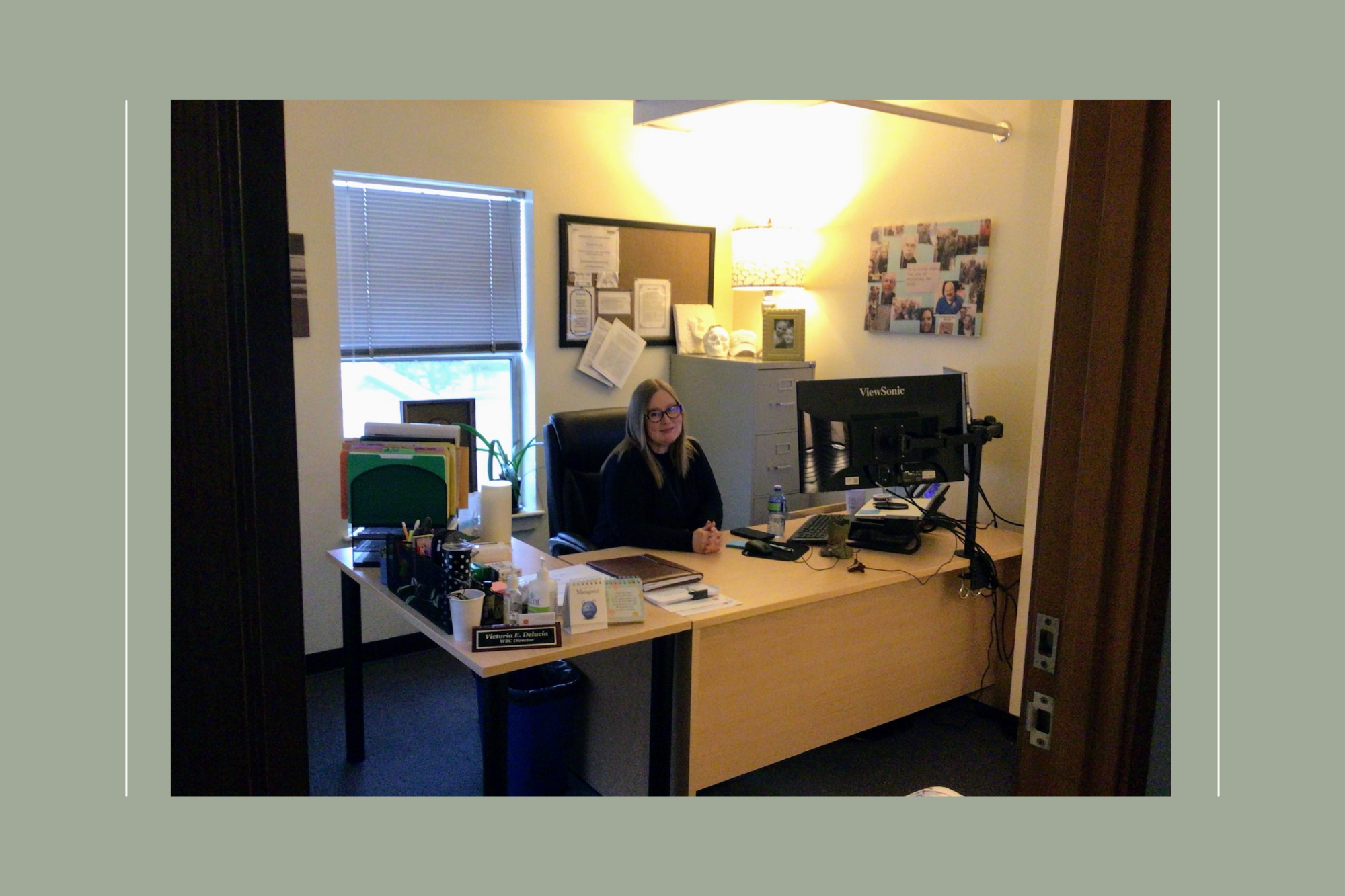Research shows sharing a table with others has a number of benefits.
Life is busy. Between work, commuting and other responsibilities, it can be hard to carve out the time for meaningful relationships with others. Traditionally, many of these bonds have been formed through something simple: food.
Source: Food and Beverage Occasions Compass report from The Hartman Group, 2014
“Eating together is one of the most fundamental building blocks of sociality,” said Professor of Cultural Anthropology at Point Loma Nazarene University Dr. Jamie Gates, defining sociality as the development of cohesive, stable social units. “Eating together provides an important context to build the collaborative trust necessary for social cohesion.”
Across the world, few things symbolize togetherness like coming together around a table. We even use the phrase “having a seat at the table” to describe the power of being involved in a group making decisions. Relationships are deepened at the table, and commensality, the eating of food around a shared table, adds a powerful—and tasty—layer.
A study from the University of Oxford shows people who eat socially are more likely to feel better about themselves and have a wider social network. These networks provide social and emotional support.
Seventy-six percent of those questioned in “Breaking Bread: The Functions of Social Eating” said sharing a meal is a good way to bring people closer. A significant proportion of respondents felt having a meal together was an important way of making and reinforcing friendships.
While participants of the study thought eating together helped community, the study shows a third of weekday evening meals were eaten alone in the country of the study, the United Kingdom.
And the U.S. isn’t any better. A 2014 Food and Beverage Occasions Compass report from The Hartman Group finds nearly half of all adult eating occasions are completely alone.
While the reasons for dining solo vary, 37 percent of those eating alone say they do so because “everyone else is going in different directions,” which is second to “when I eat alone, I can catch up on reading or watching TV programs I like.”
“Eating alone is actually the normative behavior in primates. People are solitary grazers…We eat together for social reasons, to strengthen our relationships, to check on the state of relationships,” said cultural analyst Dr. Madeline King, director of The Center for Cultural Studies and Analysis, a think tank that consults to consumer companies. “Eating alone isn’t a problem unless it becomes exclusive and constant.”
King says those who are mostly eating alone, like widows and widowers, typically revert to solitary grazing, not meals. Because of this, they lose out on the “richness of social eating” as well as the nutritive benefits, often opting for easy to grab items, like cereal, for dinner.
“Anyone eats alone or may even want to eat alone at times, but society-wide patterns of eating alone on a regular basis may be a sign of the increasing atomization and fragmentation of social life,” said Gates. “It may lead to a loss in our ability to cooperate and collaborate…It may also mean a loss of a key context where we practice one of the most brain-healthy, sophisticated and heuristic of human activities…storytelling.”
Just as eating alone can cause social damage, sharing a meal can mend bonds, and it’s something Licensed Marriage and Family Therapist Katie Ziskind gives as homework to families and couples who are disconnected.
“It creates consistency and security for children to know they have a special time of day where they will always see their parents,” Ziskind said. “Eating together also reinforces positive coping skills that eating and a relationship to food is healthy.”
Outside of familial bonds, Ziskind says when two non-related couples go on a double date, eating together supports adult-to-adult relationships. Communal eating brings us together, and it’s perhaps been best demonstrated through religious meals, like Passover seders or the family feasts of Eid al-Fitr.
In “Surprise the World: Five Habits of Highly Missional People,” Michael Frost lists eating with others as item two on the list.
– Read “Surprise the World: Five Habits of Highly Missional People” (NavPress, 2015) by Michael Frost. Then take up his challenge to eat with three people a week, including one who is not a member of a church.
Frost challenges his readers to eat with three people a week, with one of whom not being a member of a church. For those who balk at the idea of that many social events, he says they don’t have to be separate meals. He argues there are 21 opportunities a week to choose from, and connecting with someone can be as simple as grabbing a coffee.
“Eating has been a central Christian practice since the beginning of our movement,” Frost writes. “Not only eating sacramentally, as in the eucharist, but eating missionally as a way to express love to all.”
Do Good:
- If you’d like to make a monetary donation, please click here to make a gift.
- Text ‘GIVE’ to 52000 to make a $10 donation to The Salvation Army. This will automatically add a one-time donation to your next mobile phone bill.
- For information about volunteering, please visit volunteer.usawest.org.
- To learn more about how to support The Salvation Army’s relief efforts, please click here.
- Download our latest Scripture series, God With Us, written from quarantine.














